7 Tips to Know Before Buying Outdoor Covered Seating Area
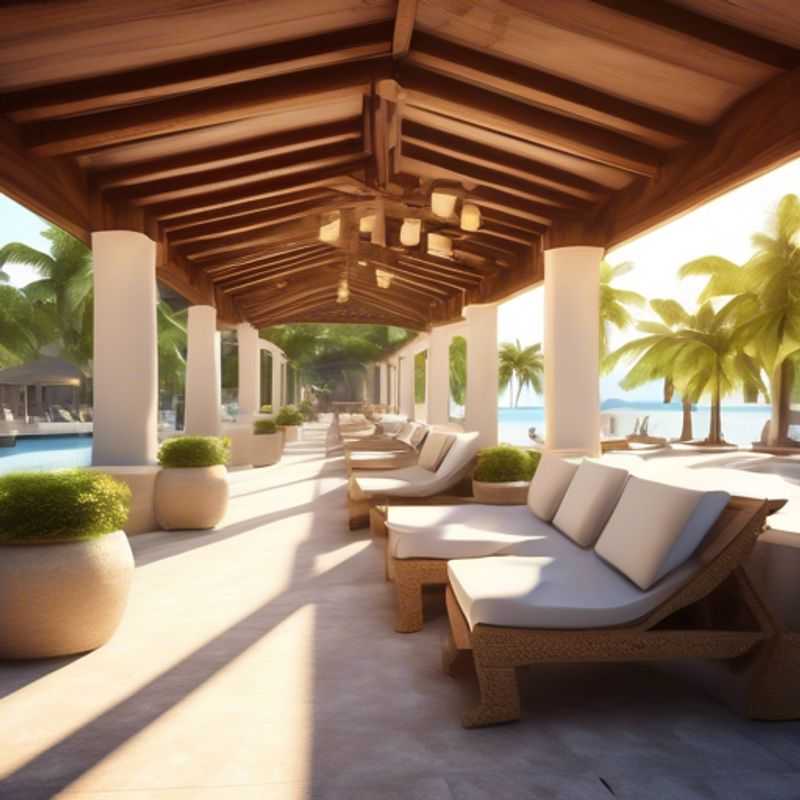
7 Essential Tips for Choosing the Perfect Outdoor Covered Seating Area: A Guide for Informed Buyers
Ah, the allure of an outdoor covered seating area! A sanctuary for relaxation, entertainment, and simply soaking in the fresh air. But before you embark on this exciting journey, my friend, there are a few crucial things to keep in mind. Consider it your pre-flight checklist, ensuring a smooth and enjoyable experience.
First and foremost, size matters.
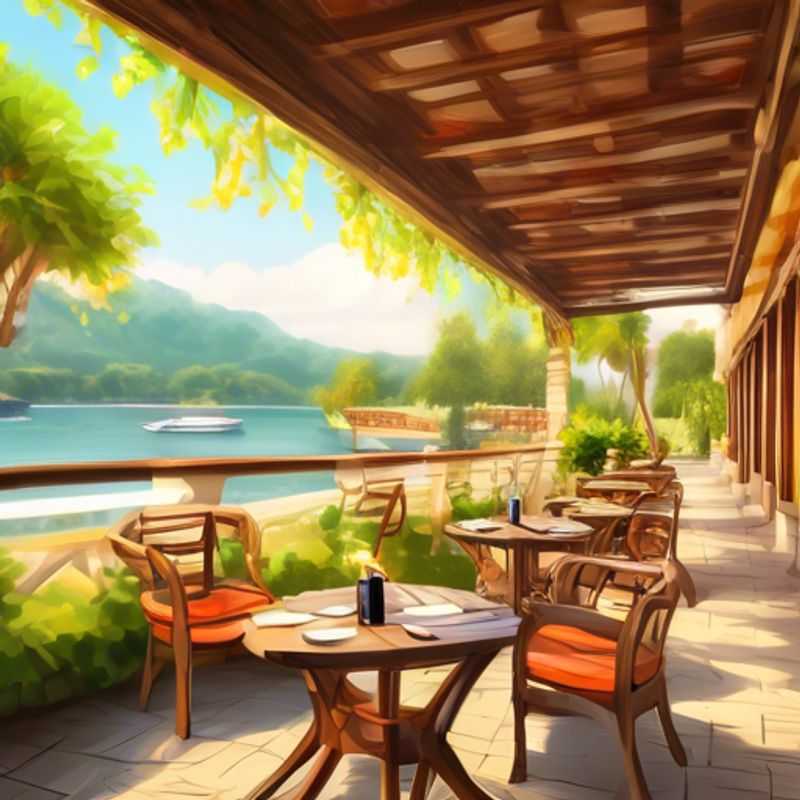
Choosing the Perfect Outdoor Seating: Matching Size and Layout for Your Space
When planning a seating area for your outdoor space, it is crucial to consider the size and layout effectively. Assessing the dimensions of your area will help you choose appropriately sized furniture that doesn’t overwhelm or underutilize the space. Measure the area where you plan to place seating, taking into account pathways and any existing structures such as trees or fences that may impact layout.
Next, think about the functionality of the space. Will it be used for entertaining guests, relaxing, or dining? This will influence the type of seating you should choose. For larger gatherings, opt for sectional sofas or multiple seating options to accommodate more people. Conversely, if the space is more intimate, consider smaller bistro sets or benches to create a cozy atmosphere.
Additionally, consider the flow of movement within the area. Ensure that there is sufficient space between seating arrangements for easy navigation. A minimum of 24 inches is recommended for walking paths. Don’t forget to also think about the weather conditions in your area; selecting weather-resistant materials can extend the life of your seating.
In terms of budgeting, remember to include potential costs for installation or landscaping if needed, as well as any decorative elements like cushions or outdoor rugs that can enhance comfort and style. By taking these factors into account, you can create a functional and inviting outdoor seating area that meets your needs.
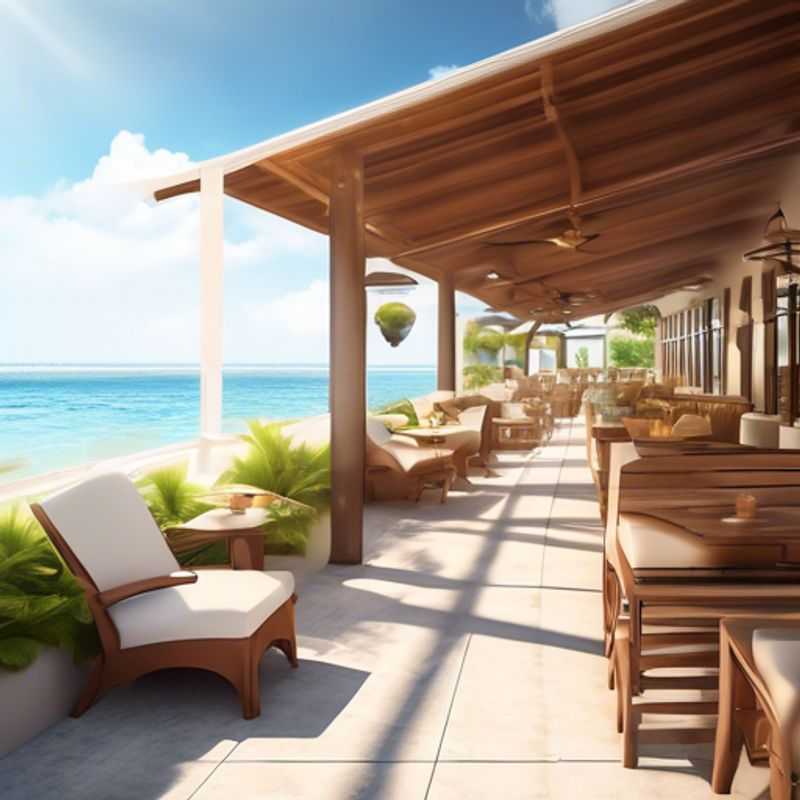
Weathering the Elements: Choosing Materials That Can Stand the Test of Time
The choice of materials for construction or outdoor projects is heavily influenced by the prevailing weather conditions. Understanding the specific climate and its potential extremes is crucial for selecting durable and suitable materials that can withstand the elements.
Temperature is a significant factor, as it affects the expansion and contraction of materials. Extreme heat can cause materials to warp, crack, or become brittle, while extreme cold can lead to freezing and damage. Selecting materials with appropriate temperature resistance is essential.
Moisture, in the form of rain, snow, or humidity, can also pose challenges. Some materials absorb moisture, which can lead to rotting, mold growth, or structural weakening. Choosing materials with good water resistance, such as treated wood or waterproof coatings, is critical.
Wind can exert considerable force on structures, especially in areas prone to strong winds. Materials must be robust enough to withstand wind pressure and prevent damage. Consider materials with high tensile strength, such as steel or reinforced concrete.
Sunlight exposure can cause fading, discoloration, or degradation of materials. Choosing materials with UV resistance is important for outdoor projects, especially those exposed to prolonged sunlight.
Other factors, such as soil conditions, chemical exposure, and potential for fire, should also be considered. Consulting with a building professional or material specialist can provide valuable insights into the best material choices for specific weather conditions and project requirements.
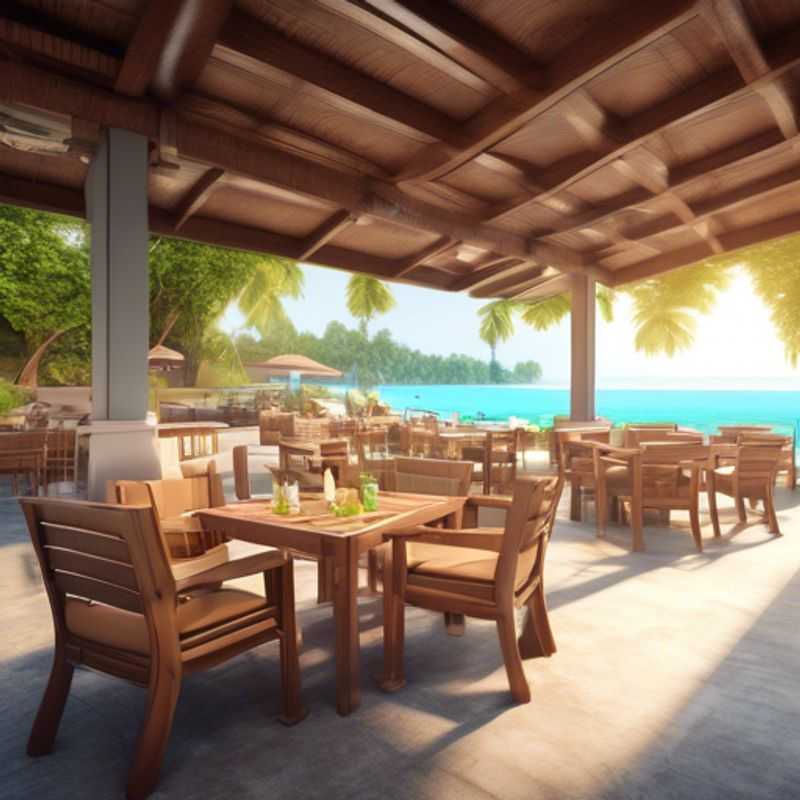
Beyond the Basics: Looking for Features Like UV Protection, Water Resistance, and Easy Maintenance
When looking for products that offer features like UV protection, water resistance, and easy maintenance, consider the following:
UV protection is crucial for shielding materials from the harmful effects of sunlight, prolonging their lifespan and preventing discoloration. This is especially important for outdoor furniture, clothing, and other items exposed to the elements.
Water resistance is essential for items that may come into contact with moisture or be used in wet conditions. This can range from simple water-repellent coatings to fully waterproof materials. Consider the level of water resistance needed for your specific application.
Easy maintenance is a significant factor in product longevity. Look for materials that are easy to clean, resistant to stains and scratches, and require minimal upkeep. This can save you time and effort in the long run.
Remember, the specific features and benefits of UV protection, water resistance, and easy maintenance can vary depending on the product and its intended use. It's always advisable to research the product thoroughly and choose one that best suits your individual needs.
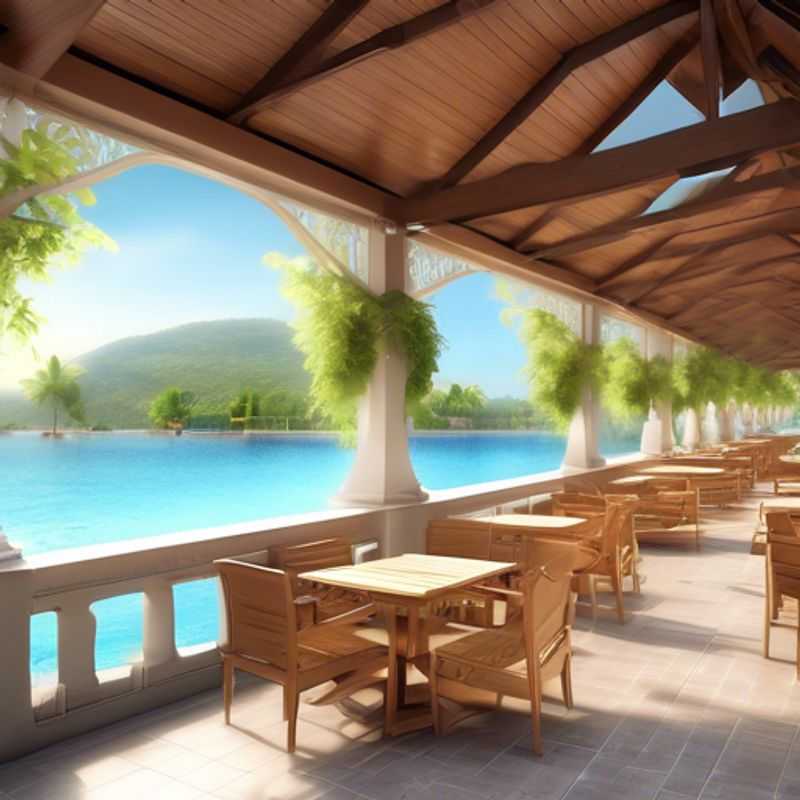
Measure Twice, Sit Comfortably: Ensuring Your Seating Fits the Space
Measuring the area carefully is crucial before purchasing furniture, particularly seating. Ensuring your new seating fits comfortably and aesthetically within your space is essential. You'll need to measure the area where you plan to place the seating, considering factors like walkways, doorways, and any existing furniture.
For accurate measurements, use a tape measure. Measure the length and width of the space where your seating will go. Don't forget to consider the height of the seating and any potential clearance issues with low-hanging light fixtures or other objects.
It's also wise to consider the shape of the space. If it's a corner, you'll need to measure the angle of the corner and the length of each side. It's always better to err on the side of caution and measure slightly larger than you think you need. You can always adjust the placement of the furniture later, but you can't make a piece of furniture smaller.
If you're unsure about how to measure for seating, there are numerous online resources and professional services that can help. A professional interior designer can help you with space planning and furniture selection. Ultimately, taking the time to measure the area accurately will help you make the best decision for your space.
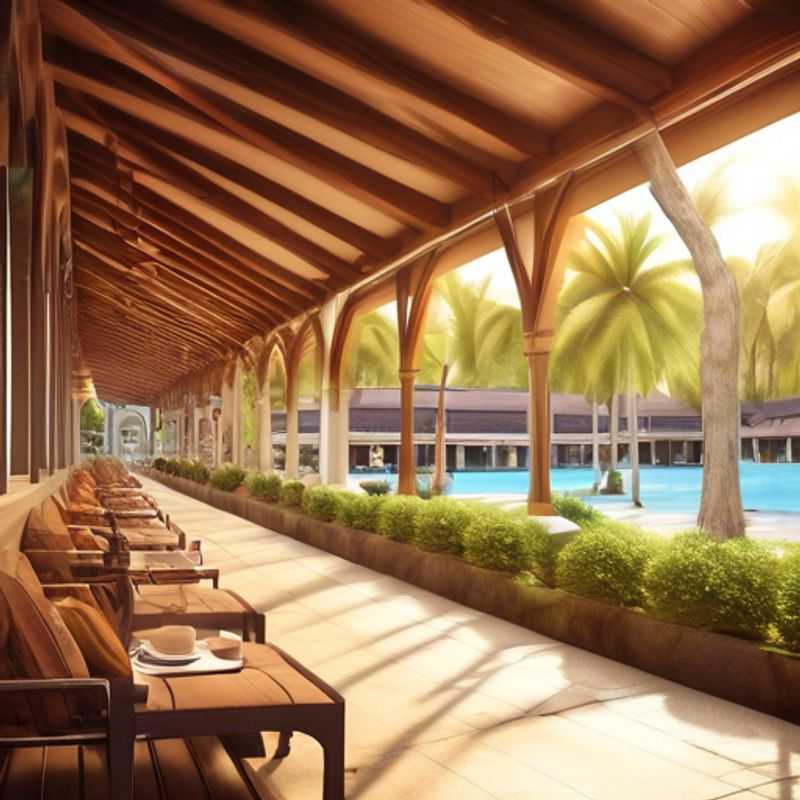
Beyond Price: How to Compare and Choose the Best Value Across Retailers
Finding the best value for your money often means comparing prices and quality from different retailers. This process can be time-consuming, but it's worth it if you're looking to save money or get the best possible product for your needs.
Here are a few tips for comparing prices and quality:
1. Start with a list of retailers: Make a list of the retailers you want to compare. This could include online retailers, brick-and-mortar stores, or both.
2. Research the products you are interested in: Once you have your list of retailers, start researching the products you are interested in.
3. Compare prices: Compare the prices of the products you are interested in across all the retailers on your list. Don't forget to factor in shipping costs, taxes, and any other fees that may apply.
4. Compare quality: When you are comparing prices, don’t forget to consider the quality of the products. Read reviews from other customers to get an idea of the quality of the product.
5. Consider warranties and return policies: Before you make a purchase, be sure to check the warranty and return policy of the retailer.
6. Don’t forget to factor in your time and effort: You may be able to find a lower price from a retailer that is not as convenient for you, but it’s worth considering your time and effort when making your decision.
7. Use price comparison websites: Price comparison websites can help you save time and effort when comparing prices.
8. Be patient and persistent: Finding the best value often takes time and effort. Don’t give up if you don’t find what you’re looking for right away.
Remember, the key to finding the best value is to compare prices and quality from different retailers. Be sure to factor in all the costs, including shipping, taxes, and fees.
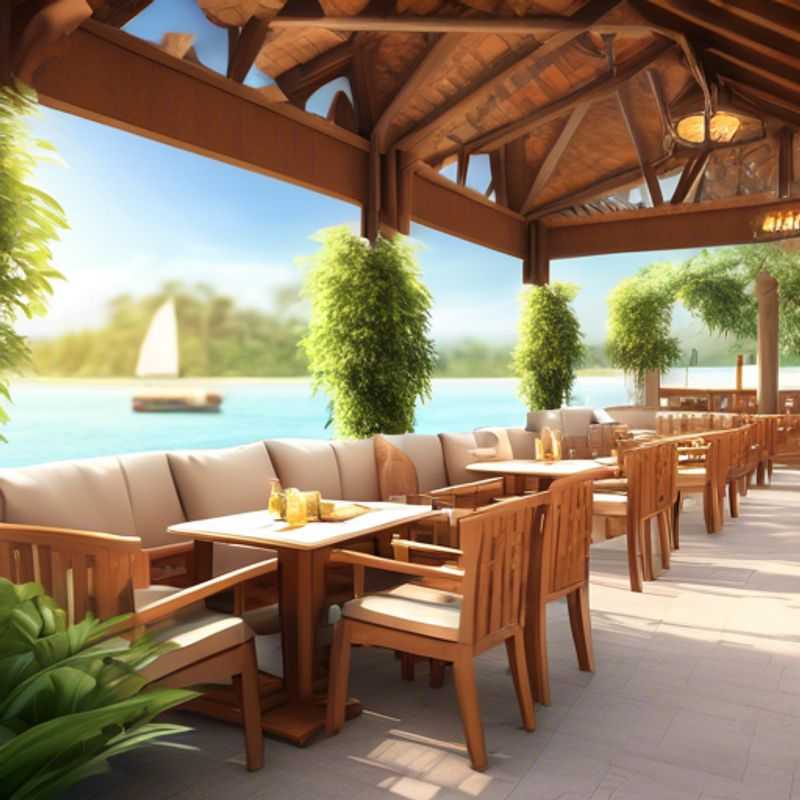
Warranty Wisdom and Reviews: Navigating the Path to a Reliable Purchase
Before purchasing a product, particularly a big-ticket item, it's crucial to understand the warranty and to read customer reviews. This will help you make a more informed decision and potentially save you money in the long run. Warranty provides information on what the manufacturer will cover in case of defects or malfunctions. This could include repair, replacement, or even a refund. Pay close attention to the duration of the warranty, exclusions, and any associated fees. Customer reviews offer valuable insights into the real-world experience of others who have purchased the product. They can provide information on its reliability, performance, ease of use, and any potential drawbacks. By reading both positive and negative reviews, you can get a well-rounded picture of the product and its suitability for your needs.
For expensive items, consider extended warranties. These typically cost extra, but they offer longer coverage and could save you significantly on repair costs. Remember, though, that these extended warranties are often more expensive than the standard ones. Ultimately, the decision is yours to weigh the benefits and costs involved. Reading customer reviews is often free and readily available online. Look for reviews on reputable websites like Amazon or specialized product review platforms.
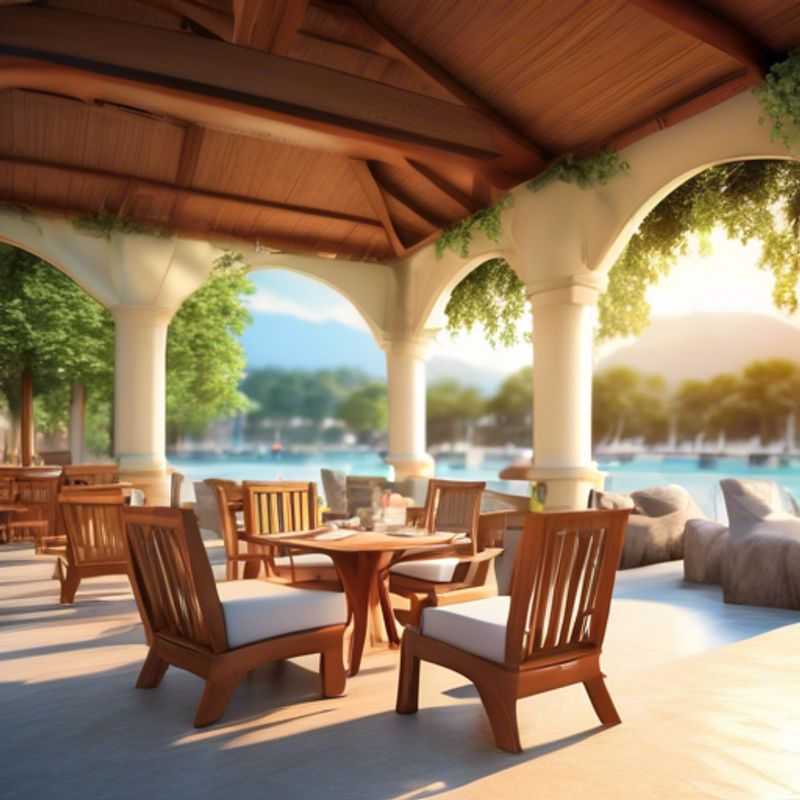
Prioritize Comfort and Functionality: Choosing the Perfect Outdoor Seating
Outdoor seating is a crucial aspect of any outdoor space, whether it's a patio, balcony, or garden. To ensure you choose the right furniture, prioritize comfort and functionality. Comfort is paramount for enjoyable relaxation. Consider seat height, cushioning, and backrest support. A good chair should provide ample back support and be at a height that doesn't strain your legs. Functionality, on the other hand, refers to the practical aspects of your furniture. Durability is vital, especially for outdoor use. Look for materials resistant to weather elements and UV rays. Maintenance is another crucial factor. Choose materials that are easy to clean and require minimal upkeep. Finally, space planning is essential. Measure your outdoor area carefully and consider the layout and size of the furniture.
